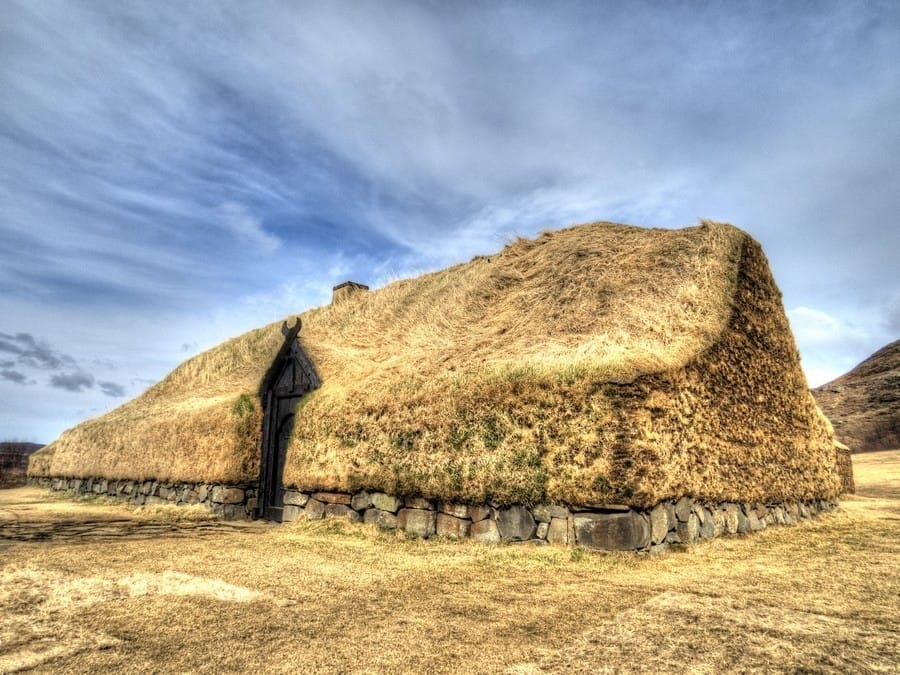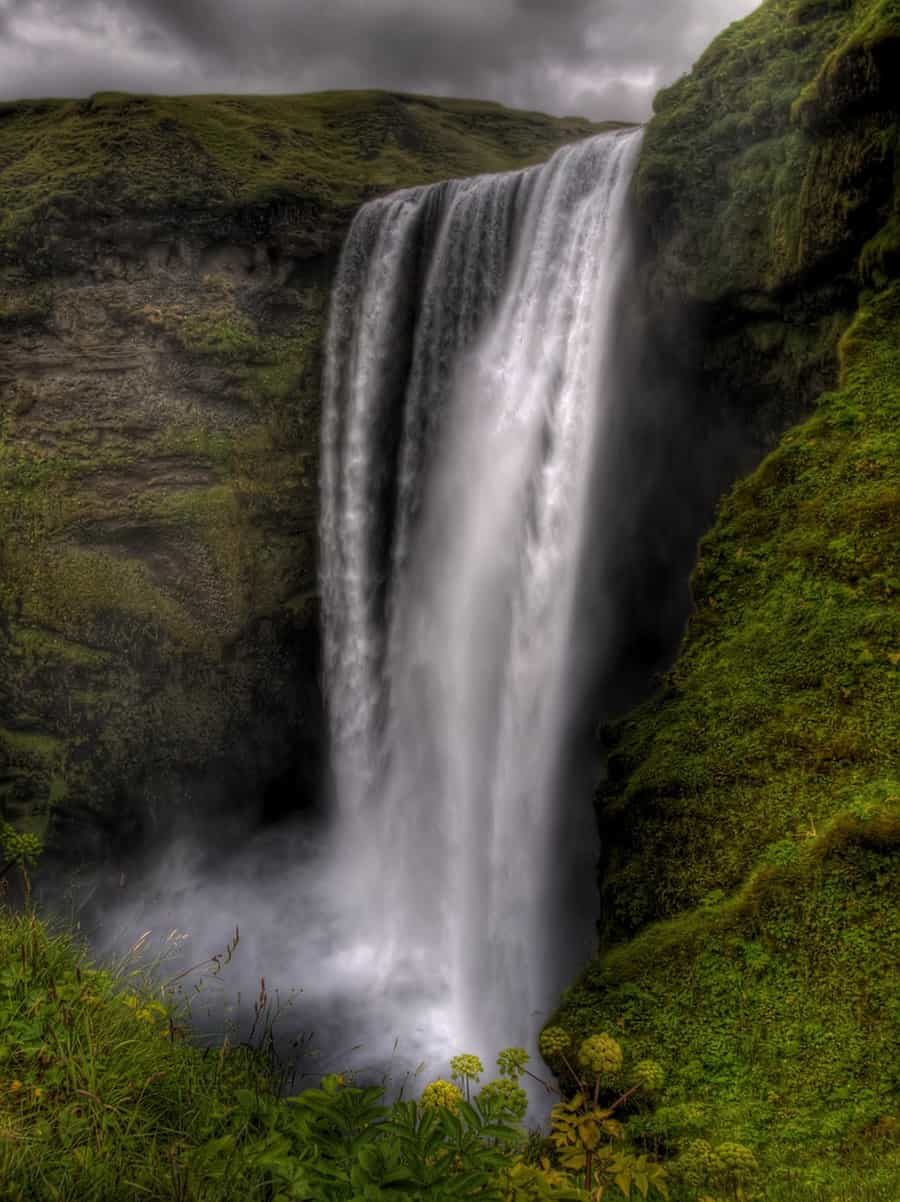New technology can ensure that you never lose your holiday photos and precious memories.

Natural arches – Camino de Santiago
Smartphone cameras are becoming ever more sophisticated. This means that it’s now easier than ever to take photographs of your travels. While some have argued that the smartphone is killing the fine art of the holiday snap, others have celebrated the phone photograph: this year Sony added a smartphone category to their World Photography Awards for the first time.
Advice on optimising your phone camera is readily available online, should you fancy your chances in this competition next year! Of course it’s not only phones that we use to capture our holiday memories. Quality digital cameras are becoming increasingly affordable, and the majority of us take one of these with us when we travel abroad.
Fear of losing photographs
However, despite the ease of taking photos, one fear is shared by almost all travelling photographers: the possibility of losing your photographs. A lost, stolen or damaged camera could mean the loss of precious moments and family memories.

Taking out single trip insurance will cover the cost of your camera, but it cannot replace your photos. Fortunately, new technology offers various solutions to this threat, with backup now easier than ever to access.
Smartphone
If you’re using a smartphone, you can set it to automatically upload your content to ‘cloud storage’. This a type of online storage that allows you to save your files on the Internet and access them from any computer, anywhere in the world. If you’re on holiday, this is especially useful, as you can backup and protect your images as you go.
However, this will require an Internet connection. It’s best to upload photographs over a WiFi connection, as using mobile internet abroad could result in very hefty roaming charges that would be a nasty shock when you arrive home!
Digital Camera

You can also backup your photos from a digital camera in a similar way. Some cameras are WiFi enabled, meaning that you can upload your photographs to the cloud straight from the camera.
Most cameras, however, will require that you connect your camera to a computer in order to download your photos before backing them up. To make this easier, you could invest in a dedicated card-reader which would allow you to upload your photographs quickly and easily at an internet cafe.
Which cloud service?
Which cloud service should you use for backup? There are a range of services on the market, the majority of which offer a certain amount of storage for free. Plenty of guides to the various services and their relative merits are available online, but Dropbox, Google Drive, OneDrive and iCloud are amongst the most popular.
Remember your charger
Backing up your phone or camera can drain your battery faster, so make sure you don’t forget to take your charger. Solar-powered phone chargers are also available, which are ideal if you’re camping or travelling off the beaten track. Also, remember to protect your cloud storage with a password and check that it can’t be accessed once you have logged off of a device.

Iceland 7 Day Self Drive Itinerary – Photo by Javier Iosa
Smartphones may not have the best lenses on them, but modern phones can capture good quality photos which can be saved securely. Another advantage of using a smartphone is that you can share your holiday photos on social media without the need of a computer.